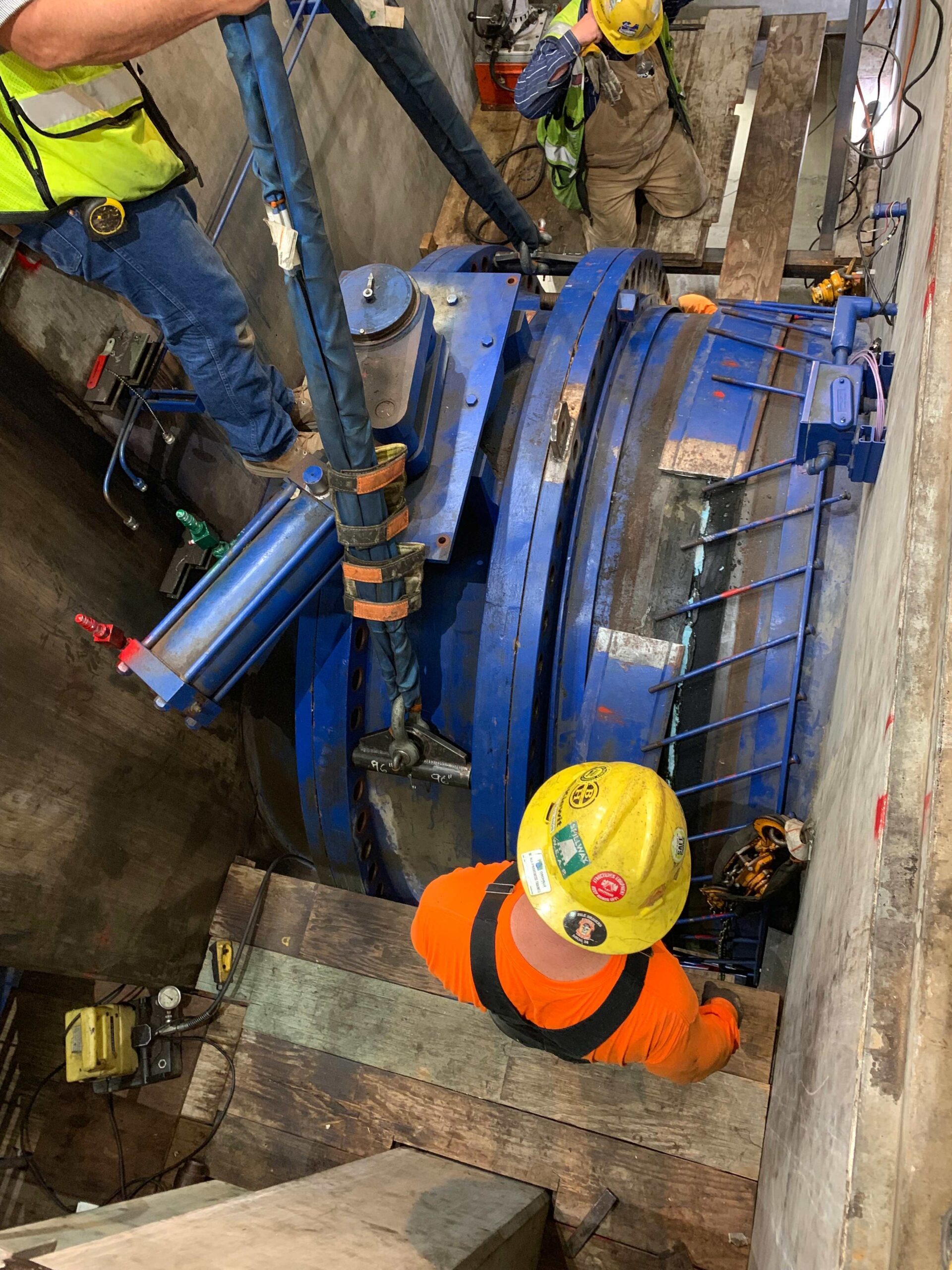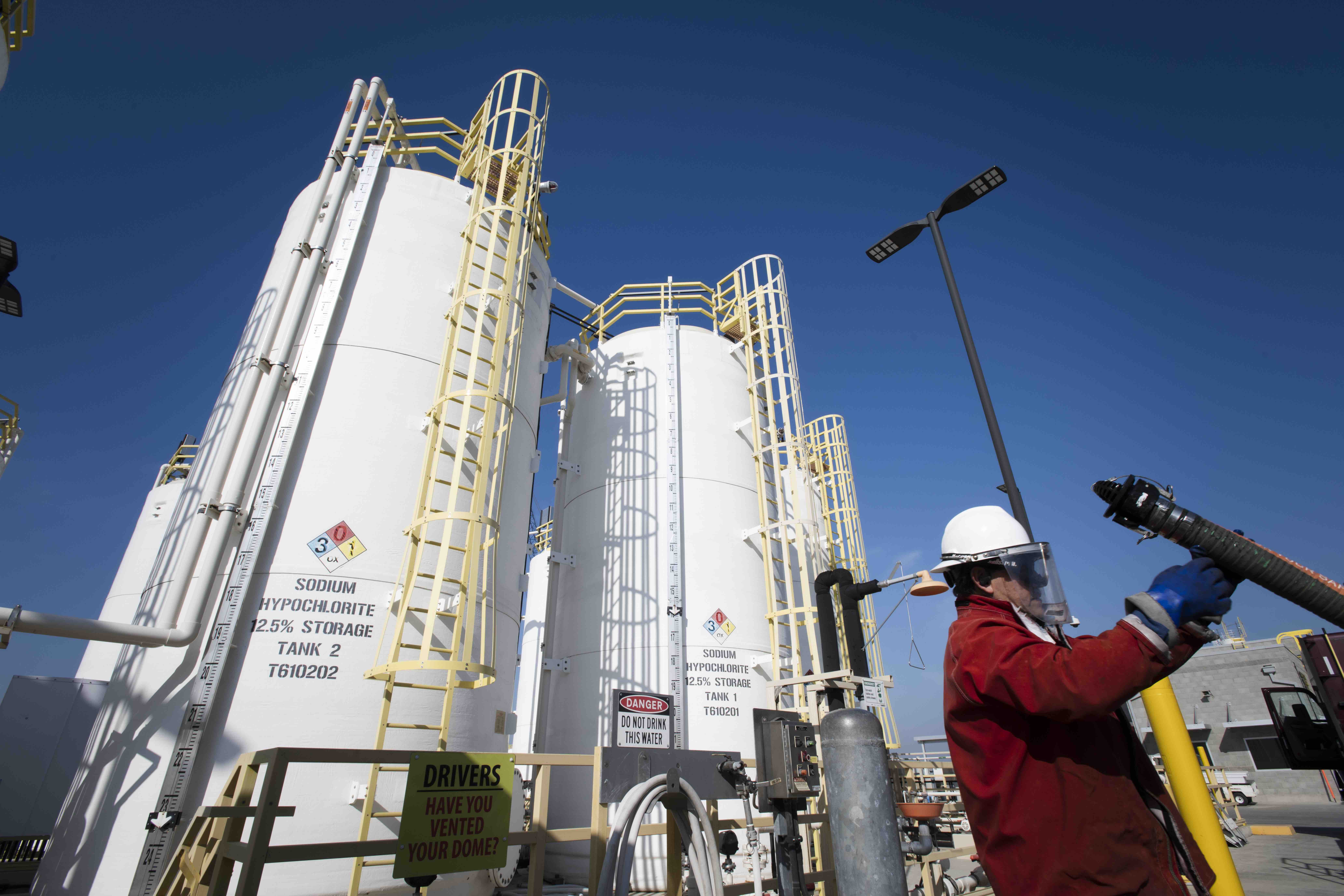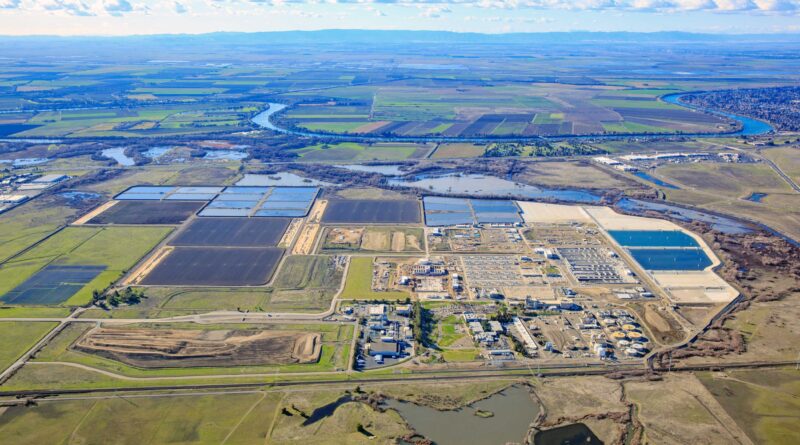Transforming Sacramento’s Wastewater Treatment with Cutting-Edge Innovation
The $1.7 billion project serves over 1.6 million people in the Sacramento region
The EchoWater Project represents a major upgrade to the Sacramento Area Sewer District’s (SacSewer) wastewater treatment facility, with the goal of meeting new effluent discharge regulations and enhancing environmental sustainability. This $1.7 billion project has significantly improved the region’s water management systems, ensuring cleaner water for the Sacramento River and the Sacramento-San Joaquin Delta. This project is also Sacramento County’s largest public works project in Sacramento County’s history
 The project was driven by strict deadlines set by the Regional Water Quality Control Board. SacSewer was required to implement nutrient removal by May 2021 and filtration and enhanced disinfection by May 2023 to meet the new effluent discharge permit. These upgrades were critical to ensure cleaner water is discharged into the Sacramento River, which has a direct impact on the surrounding ecosystem.
The project was driven by strict deadlines set by the Regional Water Quality Control Board. SacSewer was required to implement nutrient removal by May 2021 and filtration and enhanced disinfection by May 2023 to meet the new effluent discharge permit. These upgrades were critical to ensure cleaner water is discharged into the Sacramento River, which has a direct impact on the surrounding ecosystem.
The overarching goal was to upgrade the EchoWater Resource Recovery Facility to meet these regulatory standards while improving overall water quality. The project aimed to create a sustainable water management system capable of addressing current and future challenges.
The EchoWater Project was a collaboration between SacSewer, its internal teams and the joint venture of Brown and Caldwell and HDR Engineering. To manage the complexity of the project, a Program Management Office (PMO) was established to oversee coordination, planning, design and construction. This office ensured smooth communication and efficient project delivery.
A pivotal part of the design phase involved a 0.5 million gallon per day pilot plant to test various filtration and disinfection technologies. This pilot provided real-world data, helping refine the treatment processes and ensuring that the final design met the facility’s requirements.
With over 1.6 million residents relying on its services, SacSewer had to ensure the facility remained operational 24/7 during construction. Several challenges arose, including the need to replace 18 large, inaccessible effluent valves. The team successfully replaced these valves without interrupting the plant’s operations, thus avoiding compliance risks.
Additionally, the project incorporated Nitrifying Sidestream Treatment (NST) technology to manage ammonia levels. This technology operates seamlessly with the other systems, contributing to the facility’s efficiency and regulatory compliance.
Initially estimated to cost $2.1 billion, the final price tag of the EchoWater Project was reduced to $1.7 billion through careful planning, pilot testing and value-oriented design decisions. This cost reduction allowed SacSewer to keep monthly rates for customers lower than originally anticipated, with rates rising to only $37 per month instead of the projected $66 per month.
The project met all critical milestones on time. The nutrient removal system was operational by April 2021, ahead of the May deadline and the Tertiary Treatment Facility (TTF) began producing compliant effluent by October 2022, several months before the final May 2023 deadline.
Sustainability was a central theme in the project’s design. The upgraded facility now produces Title 22 recycled water, which can be used for irrigation and other non-potable purposes, helping to conserve the region’s valuable water resources, especially during periods of drought.
A key feature of the project was the installation of a 4.2-megawatt solar array, which generates 7% of the facility’s energy. This installation is expected to save the facility $10.4 million over the next 25 years. Additionally, the implementation of NST technology reduces the facility’s reliance on costly chemicals, lowering operational costs and reducing environmental impact.
technology reduces the facility’s reliance on costly chemicals, lowering operational costs and reducing environmental impact.
The EchoWater Project employed cutting-edge 4D and 5D visualization software to manage construction logistics and scheduling. This software, typically used in vertical construction projects, allowed the team to integrate 3D design models with cost-loaded schedules, providing real-time insights into the project’s progress. By visualizing construction sequences and costs, the team could better coordinate activities, avoid delays and ensure the project remained on track.
This technological innovation was particularly valuable for managing complex construction contracts, ensuring that multiple projects were completed in coordination without affecting ongoing operations at the facility.
The completion of the EchoWater Project marks a significant achievement in wastewater treatment. Through smart design, cost-saving efficiencies and a commitment to sustainability, SacSewer has created a resilient, environmentally responsible water management system.
The upgraded facility is now capable of producing cleaner effluent, enhancing the health of the Sacramento River and surrounding ecosystems. In addition, it has increased the availability of recycled water for local agriculture and irrigation, helping to conserve freshwater resources. The solar energy system and the reduction in chemical use also contribute to a more sustainable and environmentally friendly operation.
Overall, the EchoWater Project has not only fulfilled regulatory requirements but has also set a new standard for wastewater treatment, ensuring that SacSewer’s infrastructure can meet the needs of the region’s residents for years to come.



